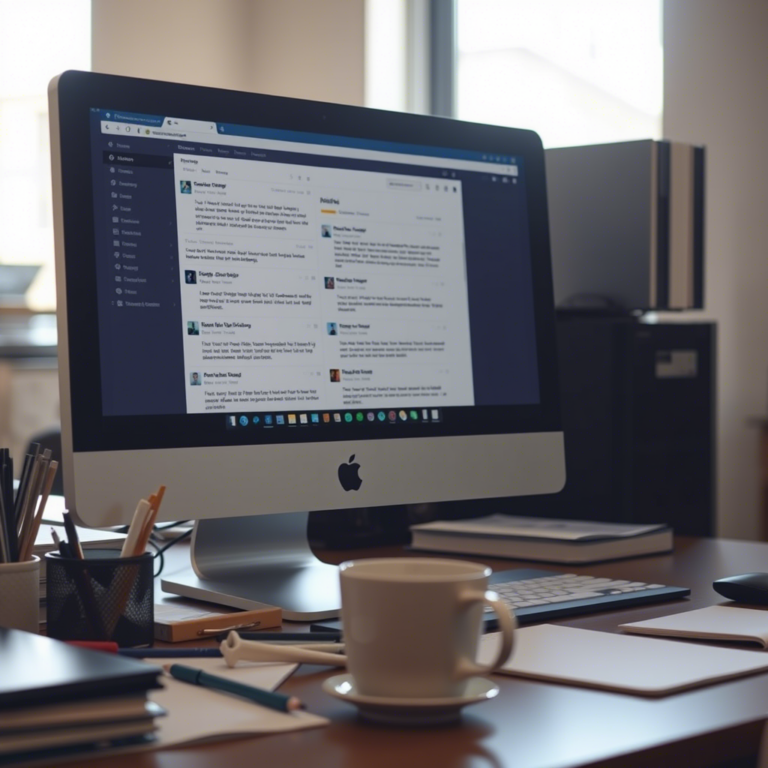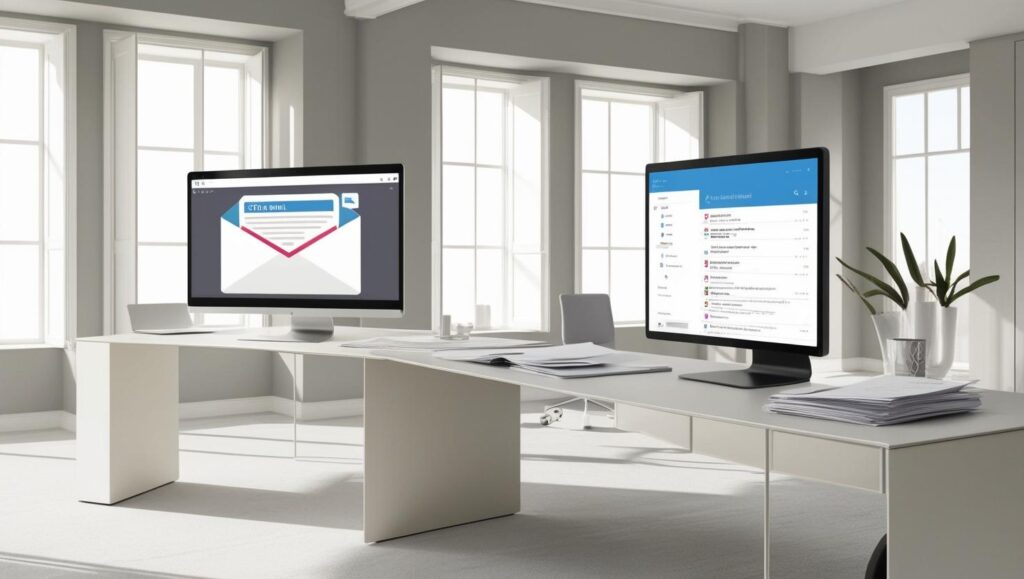In the competitive world of B2B marketing, personalized communication has become a key factor in building stronger, long-lasting relationships with clients and prospects. Personalized B2B emails allow businesses to connect on a deeper level by addressing the unique needs and preferences of each recipient. In this blog, we’ll explore why personalized emails are crucial for relationship-building in B2B marketing and how they can help businesses stand out in a crowded marketplace.
Why Personalized Emails Matter in B2B
Personalized email campaigns are more than just a trend—they’re a proven strategy for enhancing customer engagement and fostering trust. According to studies, emails with personalized subject lines are 26% more likely to be opened. In the B2B space, where decision-makers receive hundreds of emails daily, personalization can be the difference between an email being ignored or engaged with.
Here’s why personalized emails are so important:
Increased Engagement:
Personalized emails are more likely to grab the recipient’s attention because they speak to their specific interests, needs, or behaviors.
Stronger Connections:
By demonstrating that you understand a client’s challenges and goals, personalized emails create a sense of trust and mutual understanding, which is crucial in B2B relationships.
Higher Conversion Rates:
When recipients feel that an email is tailored to them, they are more inclined to take action, whether it’s making a purchase, signing up for a webinar, or requesting a demo.
Personalization Beyond the Name
While addressing the recipient by name is a great starting point, true personalization goes beyond that. It’s about delivering content that is relevant to the recipient’s business context. Here are a few ways to achieve deeper personalization:
- Segment Your Audience: By grouping your audience based on criteria such as industry, role, or buying behavior, you can send more relevant and specific messages. This allows you to address the unique pain points and opportunities for each segment.
- Utilize Past Interactions: Personalizing emails based on past interactions, such as recent website visits, downloads, or previous purchases, shows that you are paying attention to your prospects’ journey and are ready to provide more value.
- Behavioral Trigger Emails: Sending personalized emails based on specific behaviors, such as a visitor downloading a case study or attending a webinar, helps continue the conversation and nurture the lead towards conversion.
- Custom Content and Offers: Based on the recipient’s industry or role, offer personalized recommendations or content that aligns with their needs. This could include sending an industry-specific white paper, a relevant product demo, or a custom-tailored offer.

The Role of Marketing Automation in Personalization
Marketing automation tools can be extremely beneficial for scaling personalized B2B email campaigns without losing the personal touch. Automation allows businesses to send timely, relevant emails triggered by specific actions (like a new sign-up or product inquiry) while still keeping the content tailored to the recipient’s interests.
For example, if a prospect downloads a specific product guide, an automated follow-up email can be triggered, providing them with further resources on that product or offering a personalized demo. Automation ensures that each interaction feels personal and relevant, even at scale.
Overcoming Challenges in Personalization
While personalized emails can be highly effective, implementing a successful personalization strategy does come with challenges. One of the primary challenges is ensuring data accuracy. Without accurate data on your contacts, it’s difficult to send the right message to the right person at the right time.
Additionally, managing personalization at scale can be tricky. It’s easy to get bogged down in manual tasks when trying to craft unique emails for every prospect. However, with the right marketing automation tools and CRM systems, businesses can overcome these challenges by streamlining personalization efforts while maintaining quality.
Best Practices for Personalized B2B Email Campaigns
To get the most out of your personalized B2B email campaigns, here are a few best practices to keep in mind:
- Personalize Subject Lines and Pre-Headers: Make the subject line relevant to the recipient, using their name, company, or industry for a more personalized touch.
- A/B Test Your Emails: Regularly test different email elements, such as subject lines, CTAs, and content formats, to find the most effective personalized messaging.
- Use Dynamic Content: Implement dynamic content blocks that change depending on the recipient’s profile, behavior, or preferences, creating a more tailored experience.
- Maintain a Consistent Brand Voice: While personalization is important, ensure that your brand voice remains consistent across all emails to build trust and recognition.
Conclusion
Personalized B2B emails are an invaluable tool for building stronger relationships and driving business success. By focusing on creating relevant, tailored content and leveraging data and marketing automation, businesses can ensure that their outreach resonates with each individual recipient. As personalization continues to be a key differentiator in the crowded B2B landscape, mastering this strategy will help you forge deeper connections and deliver real value to your prospects and clients.





